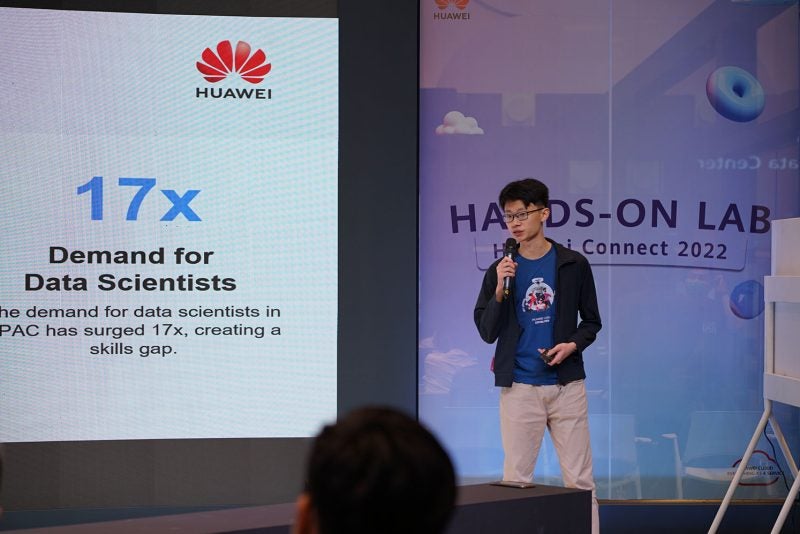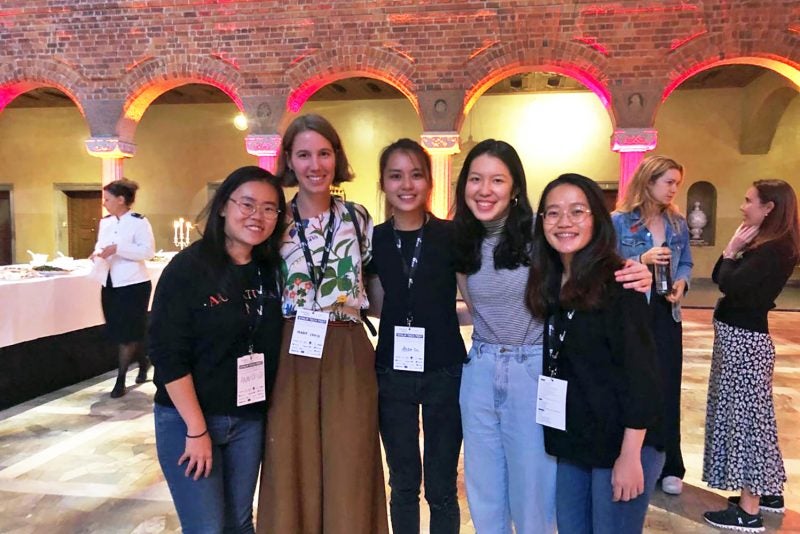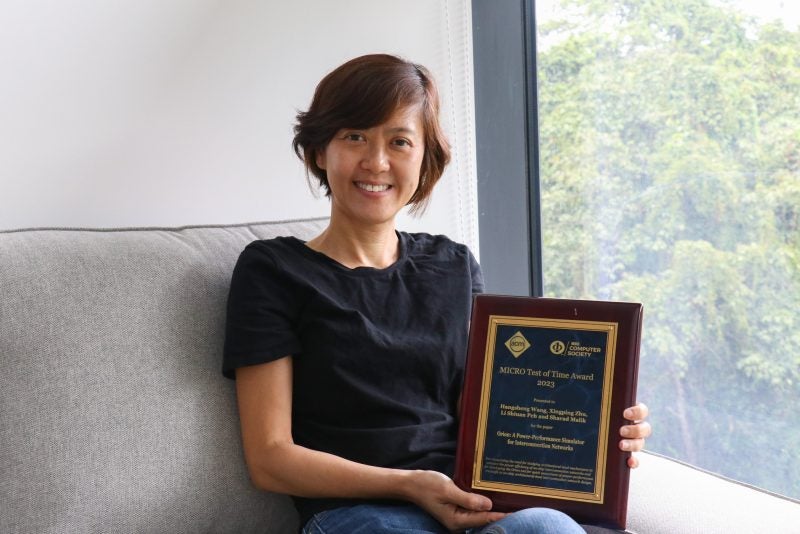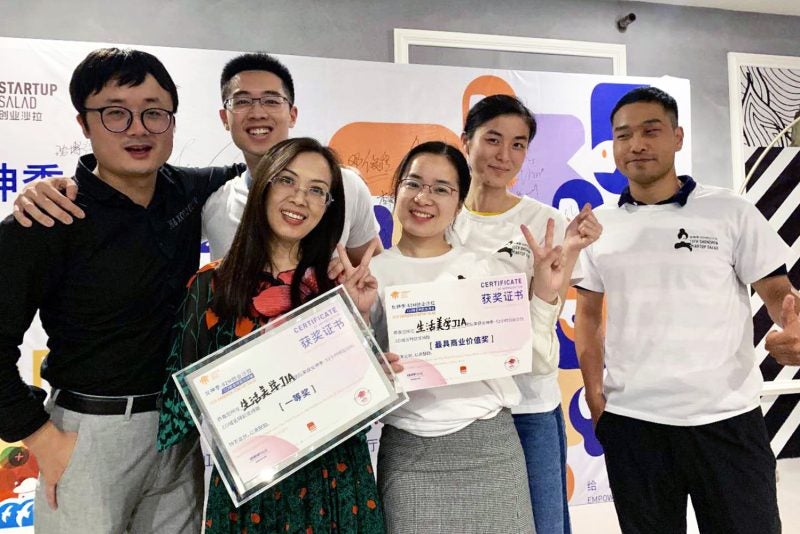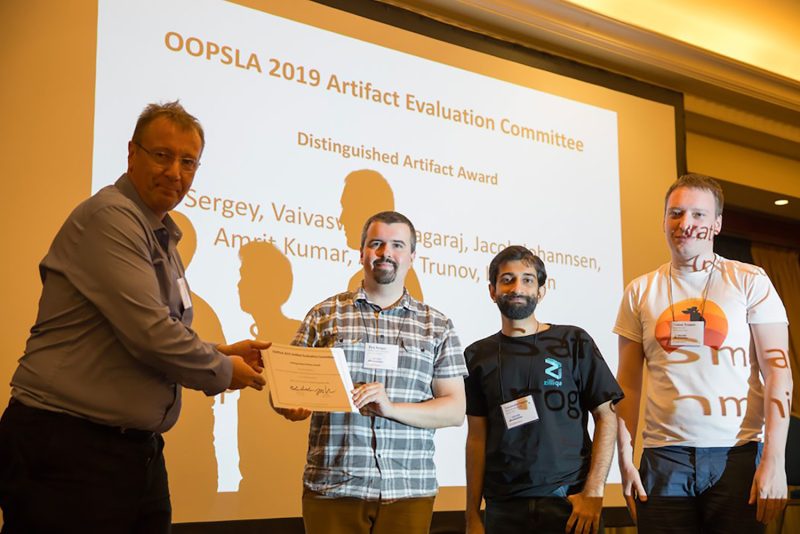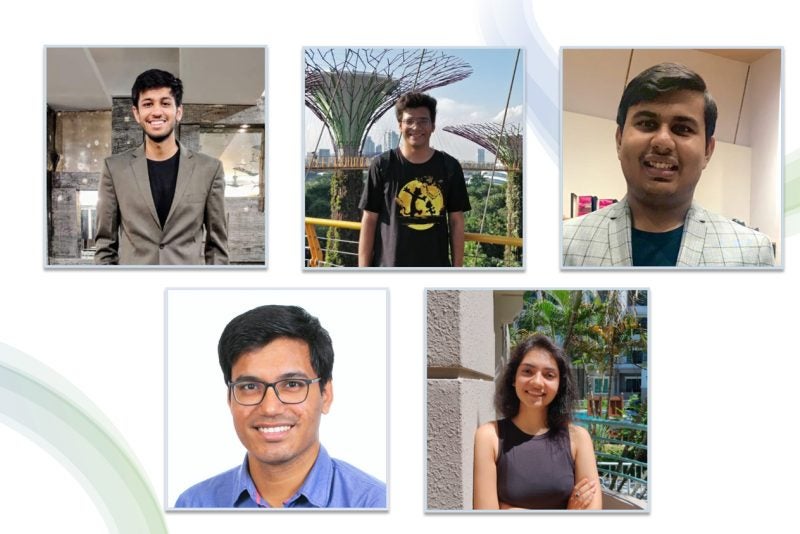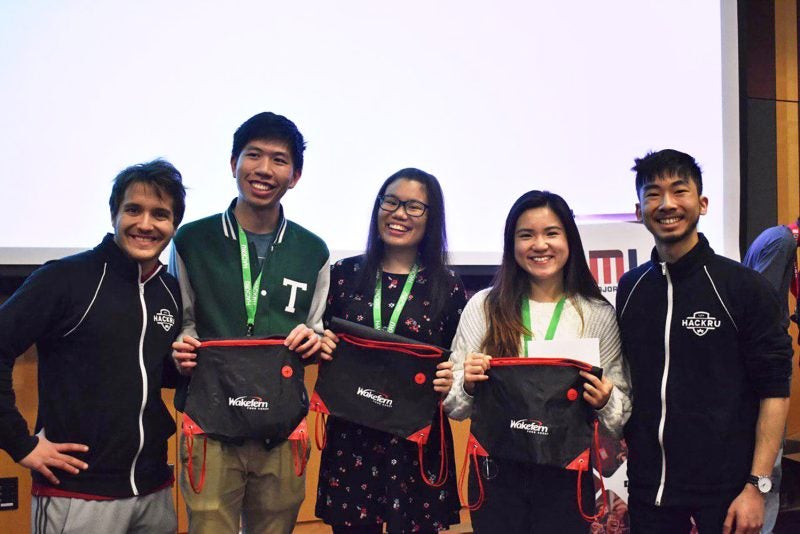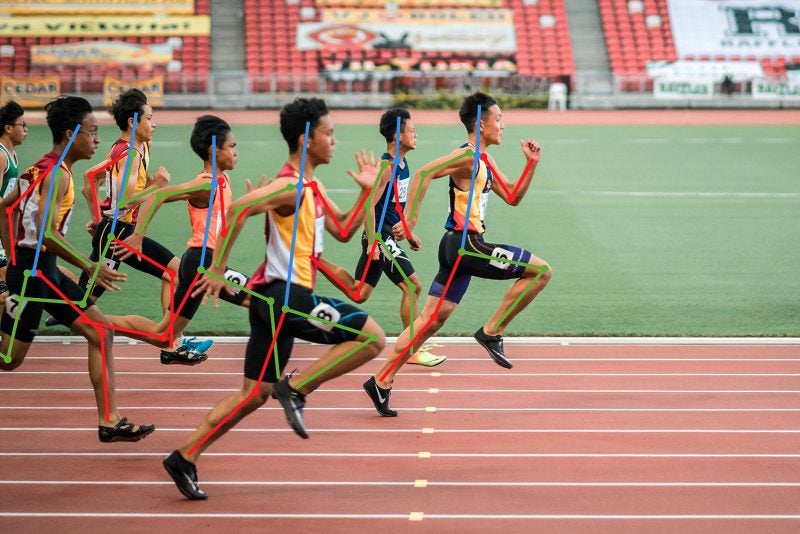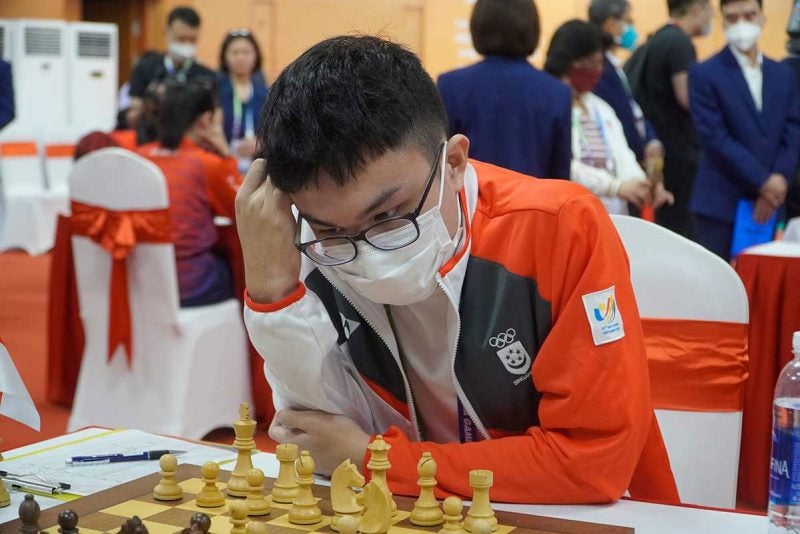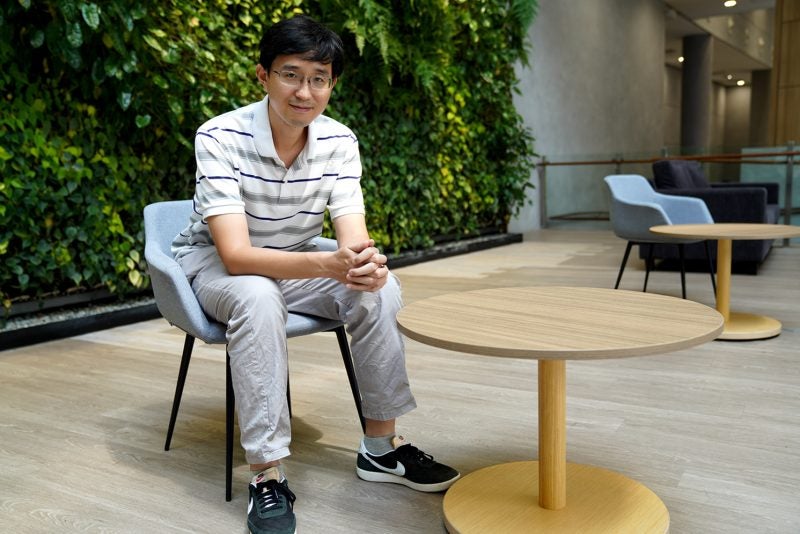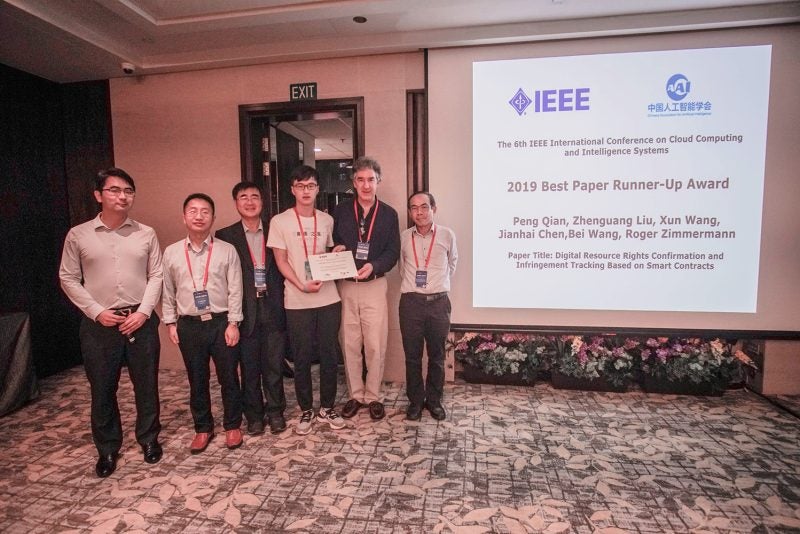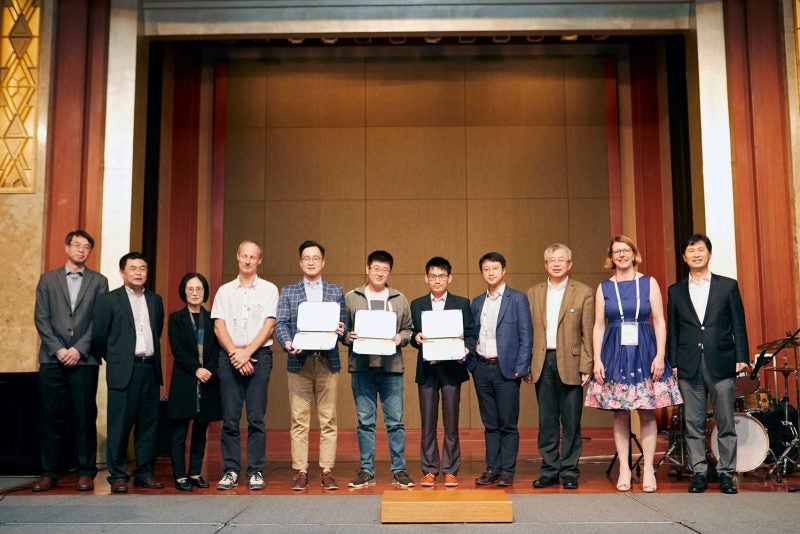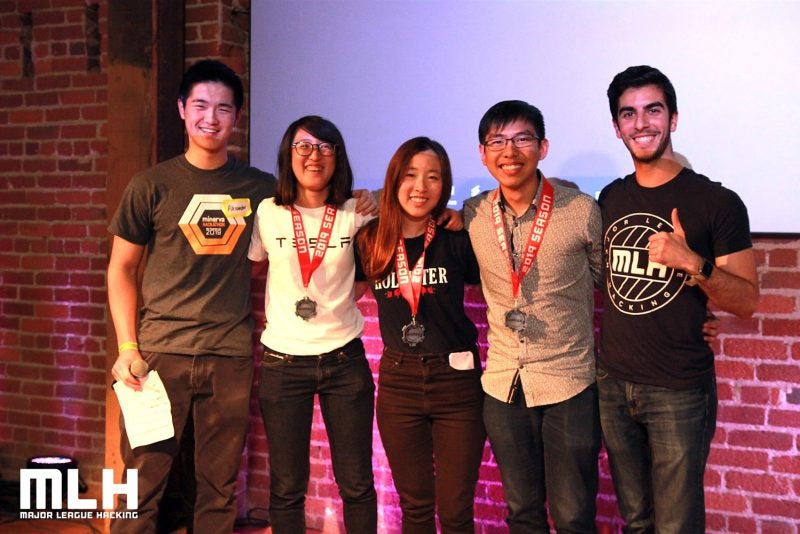28 October 2020 – NUS Computing Assistant Professor Brian Y. Lim won the ACM IMWUT Distinguished Paper Award at the UbiComp 2020 Conference, held online from 12 to 17 September 2020.
The award was given to only six out of 161 (3.7%) papers published in Volume 3 of the Proceedings of the ACM on Interactive, Mobile, Wearable and Ubiquitous Technologies (IMWUT).
Dr Lim worked with Master of Computing alumni Liu Weilong, as well as Prof Judy Kay from the University of Sydney to analyse the step count data from the National Steps Challenge (NSC), a large-scale program organised by Singapore’s Health Promotion Board (HPB), using machine learning techniques.
“Activity trackers are being deployed in many large-scale physical activity intervention programs, but data analysis is difficult due to the large size of data, as well as its complexity. As large datasets of steps like this one from HPB become more available, it is paramount to develop analysis methods to deeply interpret them and better understand the nature of human steps behaviour,” said Dr Lim.
The data contained the daily step counts of 140,000 people across 305 days, with a total of 74 billion steps combined.
In their analysis of this data, Dr Lim and his collaborators focused on identifying patterns in daily step count, looking at how it varied across weeks and months. As monetary incentives were offered by the NSC to encourage people to increase their daily steps count, the analysis also looked at the impacts of these incentives on steps behaviour.
“We wanted to understand how people are active or inactive, and provide insights to better engage them towards healthier lifestyles,” he said.
Through performing data mining clustering and visualisation analyses, they found that the people who participated in the NSC fell into 16 different user segments, each with its own unique steps behaviour pattern.
For example, ‘Hop-On Hop-Off’ users are those who alternated between long non-active (steps count < 500) breaks of more than a week, and active (steps count of at least 500) days with moderate to high step counts.

Together with demographic information, such as age, gender, and BMI, this steps activity information can help provide insights for future health behaviour interventions targeted to each user segment.
The analysis also found that the NSC had been successful in incentivising people to walk more and be more physically active. However, not everyone was equally engaged or improved their steps activity.
Men walked more steps per day than women, but women engaged in the challenge for a longer time. Younger people avoided walking when it is hot, but older people were equally active regardless of heat.
“Clearly, we should engage people differently based on gender and age,” Dr Lim observed.
Additionally, while the incentives influenced and drove steps behaviour, not all users sustained the steps activity after they were withdrawn.
With the user clusters they found, Dr Lim and his collaborators used a machine learning model to predict which participants will remain physically active, based on their step counts from the first few weeks of participation.
“This can help to identify user segments to encourage to keep active,” he said.
To find out why some users were better engaged and showed sustained physical activity, an interpretable machine learning model was trained using steps behaviour patterns and cluster features.
They found the following behaviour pattern for users who continued sustaining at least 10,000 steps per day, even after attaining all three incentive prizes: they recorded high daily average step counts (of 15,000–20,000 steps) over 1–2 weeks to win the second incentive prize, but reduced their intensity thereafter and did not rush to attain the last prize.
This suggests that by reducing the intensity of their steps activity, the users built up a consistent, habitual steps behaviour that was sustained even after attaining all the incentive prizes.
In contrast, other users who rushed to win all three prizes tended not to remain in the programme, nor sustain their step count after the incentives were withdrawn.
“With explanations based on steps behaviour patterns, we can gain insights to help engage each person to be more physically active. Further development of with context-aware mobile apps using explainable artificial intelligence (XAI) methods can also provide just-in-time motivational messages to encourage healthier activities,” said Dr Lim.
He added: “As more tracker-backed physical activity interventions are deployed, our approach can help public health planners gain qualitative insights from behavioural and user segment clusters, and model user steps activity in a scalable way.”
Outside of this study, Dr Lim is developing other health intervention applications, such as mobile food logging with deep learning for easy diet tracking and recommendation. He leads the NUS Ubicomp Lab to develop explainable artificial intelligence technologies and data visualisation software that aid in clinical decision making and smart city monitoring and urban planning.
Paper:
How does a nation walk? Interpreting large-scale step count activity with weekly streak patterns






